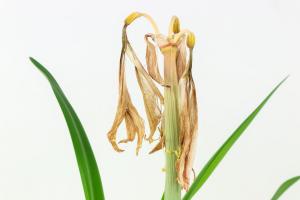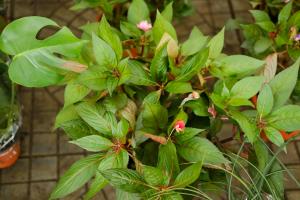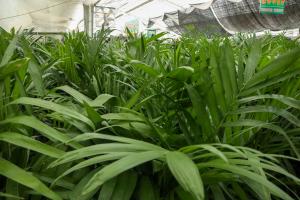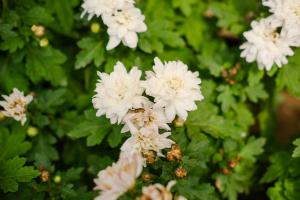Can You Plant Apple Trees in the Woods?
If you are dreaming of growing an apple orchard, planting apple trees in the woods can seem like a fascinating and cost-effective solution. However, planting apple trees in the woods may pose certain challenges and require careful planning and consideration. In this article, we will explore some of the factors that you should take into account when deciding whether to plant apple trees in the woods.
The Advantages of Planting Apple Trees in the Woods
Planting apple trees in the woods can provide many benefits, such as:
Shaded environment: Woods offer a naturally shaded location, which can protect the apple trees from harsh sunlight and scorching heat. This can be especially beneficial for young saplings, which are more vulnerable to heat stress.
Moisture retention: Woods can also help the soil retain moisture, which is essential for healthy apple tree growth. The trees can draw water from the ground to support their leaves, flowers, and fruits.
Wildlife habitat: Woods can provide a rich habitat for wildlife, such as birds, bees, and insects. These creatures can help to pollinate the apple blossoms and control pests and diseases.
Ecological diversity: Planting apple trees in the woods can contribute to the ecological diversity of the forest ecosystem, enriching the soil and creating a viable niche for apple trees and other plants.
The Challenges of Planting Apple Trees in the Woods
While planting apple trees in the woods can offer many advantages, it can also present certain challenges, such as:
Competition for resources: Apple trees planted in the woods may face competition from other trees, plants, and fungi, which can affect their growth and health. For example, hardwood trees may consume nutrients that the apple trees need to prosper.
Limited sunlight: Woods can offer limited sunlight, especially in the understory, which is where apple trees will grow. This may restrict the amount of photosynthesis that the trees can perform and limit their fruit production.
Pest and disease risk: Planting apple trees in the woods can expose them to a higher risk of pests and diseases, as the trees will be in close proximity to other plants and animals.
Accessibility and management: Maintaining apple trees in the woods can be more challenging than cultivating them in an open field. Access to the orchard, pruning, fertilizing, and harvesting can require more effort and resources.
How to Plant Apple Trees in the Woods
If you decide to plant apple trees in the woods, here are some tips to make your endeavor successful:
Choose the right location: Look for a spot in the woods that receives some sunlight but provides enough shade to protect the apple trees from extreme heat. Avoid areas with excessive competition from other plants or with poor soil quality.
Select appropriate varieties: Choose apple tree varieties that are resistant to pests and diseases and that can grow well in a shaded environment. Some examples include Northern Spy, Cortland, Liberty, and Golden Delicious.
Prepare the soil: Before planting the trees, test the soil and amend it with organic matter and nutrients if necessary. This can improve the soil structure, fertility, and water-holding capacity, which are crucial for the trees' growth.
Plant the trees correctly: Dig a hole deep and wide enough to accommodate the roots of the tree without bending or crowding them. Create a mound of soil around the tree to help with water drainage and root aeration.
Maintain the trees: Prune the trees regularly to promote growth and fruiting, and fertilize them with a balanced fertilizer that contains nitrogen, phosphorus, and potassium. Water the trees as needed, especially during dry spells.
Conclusion
Planting apple trees in the woods can be an exciting and rewarding endeavor, but it requires careful planning, preparation, and management. By understanding the advantages and challenges of planting apple trees in the woods and following best practices for orchard establishment, you can create a thriving apple orchard in the forest that provides you with delicious fruits and enhances the ecological diversity of your land.

 how many times do yo...
how many times do yo... how many planted tre...
how many planted tre... how many pine trees ...
how many pine trees ... how many pecan trees...
how many pecan trees... how many plants comp...
how many plants comp... how many plants can ...
how many plants can ... how many plants and ...
how many plants and ... how many pepper plan...
how many pepper plan...
































